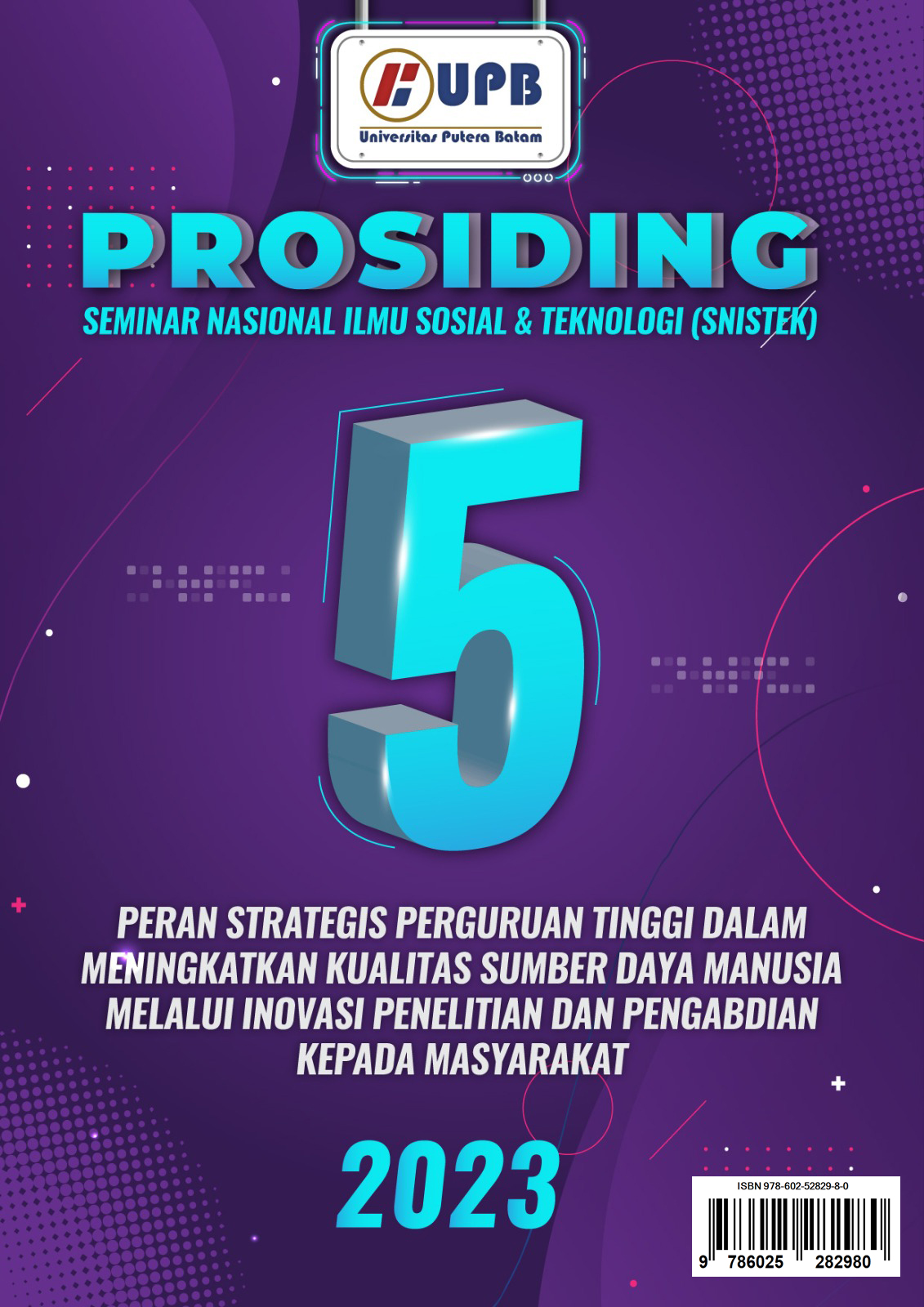Penerapan Algoritma K-Means Untuk Pemetaan Penerimaan Bantuan Kesejahteraan Masyarakat di Kota Batam
DOI:
https://doi.org/10.33884/psnistek.v5i.8092Keywords:
Covid-19, Welfare Assistance, Data Mining, Clustering, K-MeansAbstract
2020 is a very difficult year for humans in this world, with a virus outbreak that has swept across the country, this outbreak is called Coronavirus Disease 2019 (Covid-19). Including in Indonesia with cases that continue to increase every day, until now there is no sign of this outbreak ending, with this incident the government issued a policy for large-scale social restrictions or known as PSPB in various regions that fall into the category of large case zones and According to data from the Riau Islands Covid-19 cluster, in Batam City itself, the number of Covid-19 cases continued to increase so that it exceeded the number of 2000. As a result of this protracted disaster, of course, human life has been disrupted, many jobs have been neglected, so that various types of businesses have had to go out of business because their turnover has been much reduced and this has caused business voters to have to lay off their employees. This situation received rapid attention from the government through the social service agency to provide welfare assistance for people affected by COVID-19, but the problem here is from observations while researchers are still many of the assistance that is not right on target, causing polemics for the community. This research will utilize one of the datamining techniques with the K means algorithm to determine the mapping or segmentation of government assistance to communities affected by COVID-19 in order to accelerate people's purchasing power with the aim that research results can be used by community leaders such as RT, RW to record citizens who need this assistance. The results of the analysis show that the clustering segmentation with the data analyzed is 30 data stating that there are priority recipients which are divided into 5 clusters with predetermined criteria.
References
A. Mahmudan, “Clustering of District or City in Central Java Based COVID-19 Case Using K-Means Clustering,” J. Mat. Stat. dan Komputasi, vol. 17, no. 1, pp. 1–13, 2020, doi: 10.20956/jmsk.v17i1.10727.
Y. S. Luvia, A. P. Windarto, S. Solikhun, and D. Hartama, “Penerapan Algoritma C4.5 Untuk Klasifikasi Predikat Keberhasilan Mahasiswa Di Amik Tunas Bangsa,” Jurasik (Jurnal Ris. Sist. Inf. dan Tek. Inform., vol. 1, no. 1, p. 75, 2018, doi: 10.30645/jurasik.v1i1.12.
R. H. Pambudi, B. D. Setiawan, and Indriati, “Penerapan Algoritma C4 . 5 Untuk Memprediksi Nilai Kelulusan Siswa Sekolah Menengah Berdasarkan Faktor Eksternal,” J. Pengemb. Teknol. Inf. dan Ilmu Komput., vol. 2, no. 7, pp. 2637–2643, 2018, [Online]. Available: http://j-ptiik.ub.ac.id5.
Meilani, B. Dwi, and W. Azmuri, “Penentuan Pola Yang Sering Muncul Untuk Penerima Kartu Jaminan Kesehatan Masyarakat,” Semin. Nas. "Inovasi dalam Desain dan Teknol., vol. x, no. x, pp. 424–431, 2015.
G. D. Rembulan, T. Wijaya, D. Palullungan, K. N. Alfina, and M. Qurthuby, “Kebijakan Pemerintah Mengenai Coronavirus Disease (COVID-19) di Setiap Provinsi di Indonesia Berdasarkan Analisis Klaster,” JIEMS (Journal Ind. Eng. Manag. Syst., vol. 13, no. 2, 2020, doi: 10.30813/jiems.v13i2.2280.
R. A. Asroni, “Penerapan Metode K-Means Untuk Clustering Mahasiswa Berdasarkan Nilai Akademik Dengan Weka Interface Studi Kasus Pada Jurusan Teknik Informatika UMM Magelang,” Ilm. Semesta Tek., vol. 18, no. 1, pp. 76–82, 2015.
L. Maulida, “Penerapan Datamining Dalam Mengelompokkan Kunjungan Wisatawan Ke Objek Wisata Unggulan Di Prov. Dki Jakarta Dengan K-Means,” JISKA (Jurnal Inform. Sunan Kalijaga), vol. 2, no. 3, p. 167, 2018, doi: 10.14421/jiska.2018.23-06.
Downloads
Published
How to Cite
Issue
Section
License
Copyright (c) 2023 Prosiding Seminar Nasional Ilmu Sosial dan Teknologi (SNISTEK)

This work is licensed under a Creative Commons Attribution 4.0 International License.



